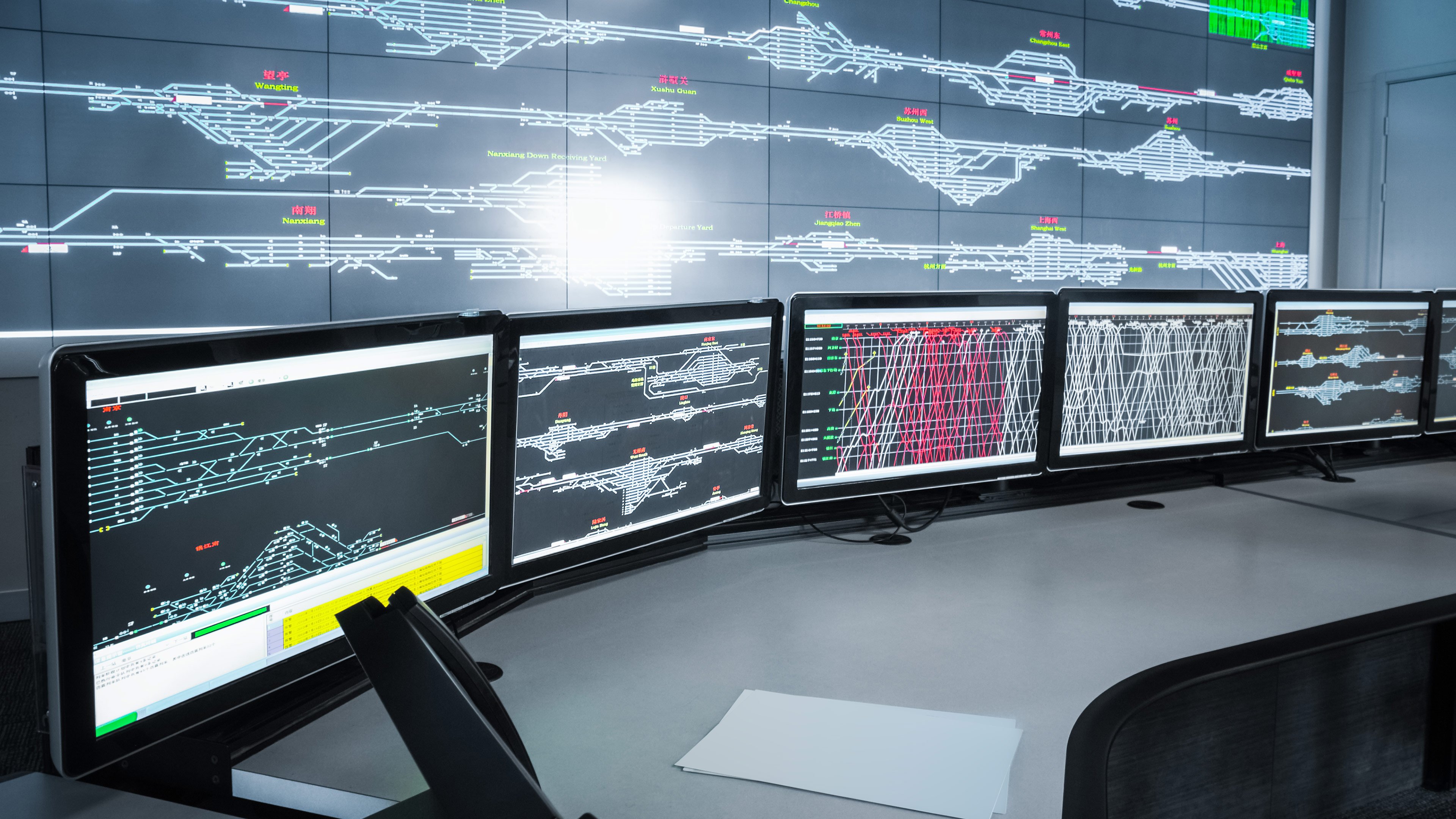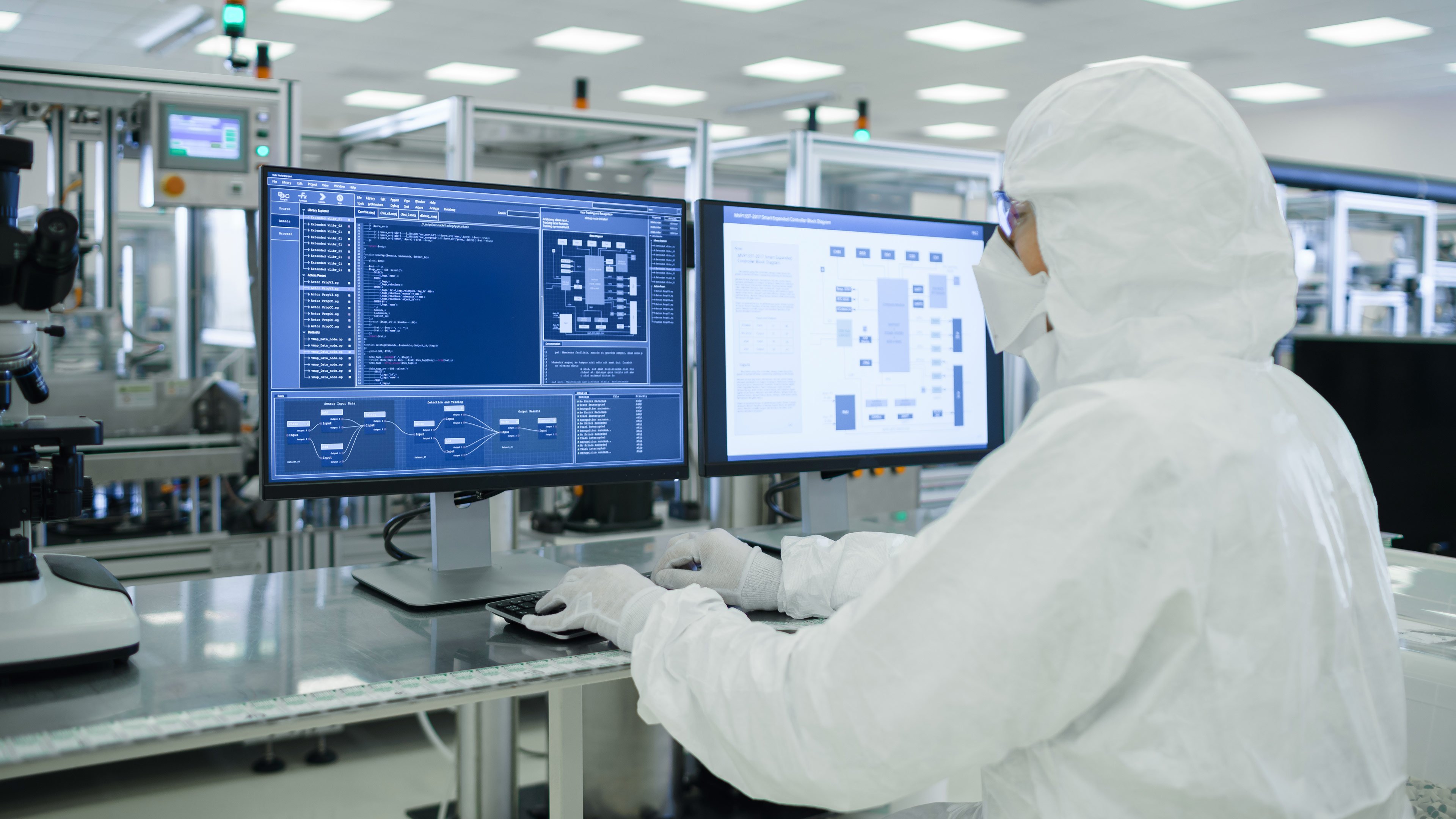Producers and manufacturers operating in industries ranging from pharmaceutical, consumer packaged goods and food and beverage to mining and chemical are adept at navigating the complexities and challenges of staying competitive. It is important to protect profits and optimize production by expanding throughput, decreasing downtime, improving consistency, maintaining quality and keeping employees safe. Furthermore, the lifecycle costs associated with engineering, inventory, and system maintenance and support must also be considered.
This is particularly relevant in light of the current worldwide pandemic. It becomes clear just how important it is to be as productive and profitable as possible, while reducing operational risk.
Keeping up with industry and technological trends can be challenging but is required to take operations to the next level of sophistication to help achieve success and growth. Industrial Internet of Things (IIoT) technologies can help. A good place to start is by developing a digital transformation strategy.
Can digital transformation help?
The term ‘digital transformation’ means different things to different people but in relation to industrial automation, digital transformation can be described as modernizing, upgrading, or improving operations by integrating digital technology into all areas of your business.
Digital transformation is a fundamental, cultural shift impacting how organizations work, how the plant floor operates and how value is delivered to customers. It is about outcomes and meeting ever-changing customer needs. It is a systemic change for any producer – and that is why a modern DCS can be a cornerstone of this transformation.
Developing a strategy for your digital transformation means determining objectives and business goals, assessing the system needs to achieve those objectives, and planning the execution of your strategy.
Accelerating and simplifying digital transformation can help you increase productivity, and performance consistency, while reducing downtime. With competitors investing in technology and transforming their operations, the pressure is on to do your research and make decisions. A good question to start with is, “Do I need an upgrade?”
Insert breakout box: Digital transformation is a fundamental, cultural shift affecting how organizations work, how the plant floor operates and how value is delivered to customers.
Time to consider a DCS upgrade
A traditional DCS features a closed system design, is difficult to migrate and modernize, and has a higher total cost of ownership in most cases. The modern DCS is preferable for many reasons, including higher performance, site-wide availability, scalable system capabilities, the open technology stack and the ease of integration. A plant-wide control system using common automation technologies enables seamless integration for process control, discrete control, power control and safety control with plant-floor and business systems.
If you think your DCS has run its course, you’re not alone. The global DCS installed base nearing end of life totals about US$65 billion. And many of these systems are more than 25 years old and in dire need of updating.
Reasons to replace a DCS can include an increased failure rate, higher incidence of product quality issues, accelerating maintenance costs, lack of legacy DCS expertise, capacity limitations, and inability to interface with contemporary systems.
Benefits of a modern DCS
The latest DCS features platforms have kept pace with technological developments. A modern DCS can help build a Connected Enterprise as part of the digital transformation strategy. These platforms can reduce the architectural footprint with fewer servers and more powerful controllers, support consistency with native process objects in the controller, streamline workflows with an improved design experience of system attributes, provide robust analytics for real-time decision-making, and align with international cybersecurity standards.
This means a modern DCS should help producers achieve plant-wide control and optimization, maximise operations, achieve high availability, reduce costs and increase production. In essence, it makes life simpler.
It is also designed to address three major challenges faced almost universally by producers and manufacturers:
1. Increasing productivity
How can you best innovate when disparate systems throughout the enterprise create bottlenecks and inefficiencies? The sheer amount of information from supply chains, plant assets and business systems can overwhelm teams trying to function in real time or create a new concept. Rapid improvements in technology allow producers to access more information than ever for decision-making purposes.
2. Doing more with less to help the bottom line
Production teams must do more with less to meet budget expectations throughout their plant’s life cycle. Your operations must find ways to gain the visibility and control needed to reduce unplanned downtime, prevent quality issues, and eliminate waste from production. Producers are looking for plant-wide automation that is easily updated and supported, and technology must help the plant remain in continuous operation.
3. Reducing operational risk
Risk is everywhere and takes many forms respective to your network infrastructure, the backbone of your system. Even when contingencies are considered, unforeseen events can impact safe and reliable plant operations. As you identify factors that contribute to various risks, you need systems that can navigate dynamic conditions and that allow them to aggressively respond armed with information. As threats shift from operational risks to external factors, control systems need to be strong yet adaptable. Are you implementing a robust infrastructure for your system?
Simplifying DCS modernization
Converting a legacy control platform to a modern DCS might be complex, and it is not a one-size-fits-all endeavor. To help mitigate risk and spread costs over time, many companies choose a phased approach to migration. On the other hand, a ‘rip-and-replace’ conversion strategy is appropriate for others.
Simply put, each modernization project is unique and requires proper planning. In most cases it is essential to perform the conversion with very little downtime and minimal risk, and these requirements determine much of the upgrade strategy. Decide on the three main strategic choices before the conversions take place.
1. Will the upgrade be vertical or horizontal?
In a vertical upgrade, just one process area is upgraded at a time. In a horizontal upgrade, multiple similar process units are upgraded simultaneously, generally across process areas.
2. Will the upgrade be done by replacing all automation system components simultaneously or with a phased migration approach?
With a phased approach, replacing the automation system takes longer, but will require less downtime and entail less risk. Breaking the planned downtime into multiple short phases often is a great advantage for maintaining production, and it spreads out migration costs over a longer period.
3. Will it be a ‘hot’ or ‘cold cutover?
With hot cutover, the old DCS and the new automation system operate simultaneously, with one control loop at a time migrated from the old DCS to the new automation system at the I/O level. With cold cutover, the old DCS is replaced by the new automation system, with the entire process being restarted at once.
You can examine each upgrade area for opportunities to improve system performance. Return on investment (ROI) from these improvements compared to legacy systems is often very quick and can include improved operations, better quality, more throughput, few safety-related incidents, augmented cybersecurity and less unplanned downtime.
The keys to digital success
The challenges are all too familiar – the need for more frequent process changes, larger datasets, tighter budgets and greater traceability and compliance requirements. From oil refineries to food and beverage plants, process engineers are being asked to manage increasingly complex systems – and to do more with less.
The good news is that the latest DCS platforms have advanced significantly, thanks to new technological developments. This makes it possible for DCS users to upgrade and modernize their systems for optimal performance and digital success.
A commonly asked question amongst process engineers is, ‘How will a DCS modernization help manage system complexity and improve productivity?’ The latest release of The Modern DCS addresses key challenges throughout the lifecycle of your system – and makes life simpler in four critical ways.




